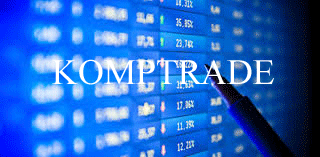Germany turns to liquefied gas: 25 billion cubic metres expected by 2023.
- alain kwenkeu nouho

- Oct 18, 2022
- 2 min read
In Wilhelmshaven, on the North Sea coast, Germany is building its first liquefied gas terminal. This platform, which will be operational by this winter, will be able to supply 20% of the Russian gas imports to Germany.

LNG terminals allow the regasification of natural gas imported by sea, which has first been liquefied to make it more transportable.
They consist of an offshore platform connected by pipes to the onshore gas network. Berlin has also made three billion euros available for leasing FSRU vessels to equip its terminals, which store and regasify liquid gas.
This year, the German federal government has urgently re-launched five projects to compensate for the end of Russian gas deliveries.
For years, Germany has mainly imported natural gas from Russia via the Nord Stream 1 & 2 pipelines. This cheap and continuous supply has resulted in Berlin's vigilance and pragmatism not being able to invest in the construction of liquefied gas terminals and large storage capacities for years.
From 2023 onwards, the whole package is to deliver 25 billion cubic metres per year, half the capacity of the Nord Stream pipeline.
A regasification terminal is being built, which will enable Germany to diversify its sources of supply.
The country passed a law in the spring that considerably accelerated the procedures for the rapid opening of the terminals and the construction is progressing rapidly. The terminal should therefore be completed "as early as this winter", Holger Kreetz, chief operating officer of the German energy group Uniper, which is managing the project, told AFP.
This extraordinary speed is a sign that the government considers this subject a priority: "Normally, we carry out a project like this in five or six years," added Mr Kreetz.
The German pragmatism is reflected in this project, which is to be converted to green hydrogen by 2030, a clean technology in which Berlin wants to become the champion in the coming decades.







Comments